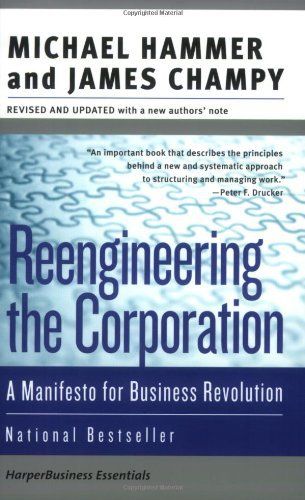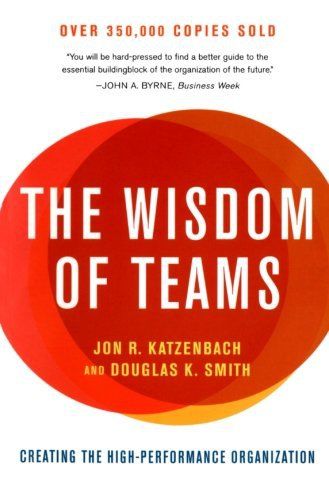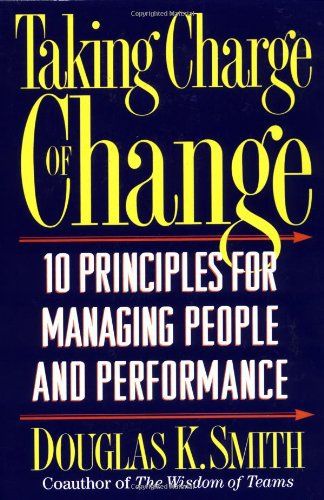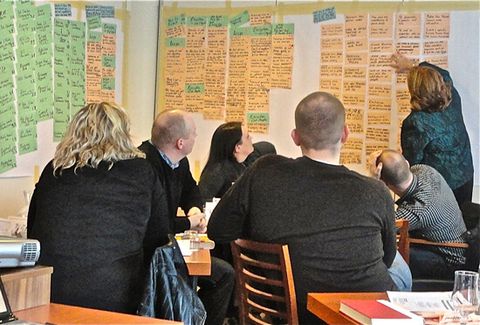What We’ve Learned
What We've Learned
Two Decades of Continuous Searching and Learning
For more than two decades, we’ve been searching…studying, piloting and refining breakthrough ways to “crack the code” on complex change to reliably and repeatedly drive improved and sustainable business performance. We believe it is important for you to understand how we arrived at our key insights, to gain an appreciation for why our approach is different, and why that difference matters so much. We truly believe we have gained insights that others have not had, and more importantly, have figured out how to make these insights executable in any organization.
We also want to credit those whose work has been most foundational to our approaches. To paraphrase Isaac Newton: “If we have seen further than others, it is because we have stood on the shoulders of giants!”. Four giants in particular!
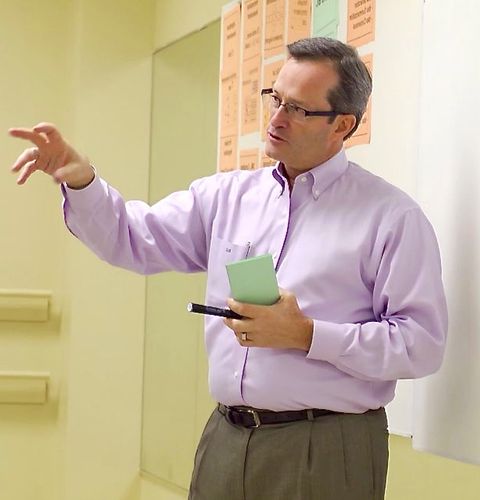
Michael Hammer taught us the WHAT and WHY of business transformation
In the early 1990’s we both began to learn and apply the work of Dr. Michael Hammer, considered to be the “father” of end-to-end process redesign and process-centered organizations…Steve in his Bank of America days, and Sharol in her Monsanto/Solutia days.
We were very successful in driving very large-scale change, across many silos and thousands of people, and achieving dramatically better results. We were so successful that Michael took notice of our work and favored us with a very close association that continued until his untimely death in 2008. Toward the end of his life when his own clients would ask whom he recommended to help them, he would give them ONLY our names.
HOWEVER, our transformation work was extremely stressful and difficult.
We learned that there were an overwhelming amount of “people issues”. Throughout our long participation in Michael’s Phoenix Group consortium, we heard scores of executives in companies who were at the leading edge of process-centered business transformation also relate their stress, and the challenges of dealing with “people issues” in large-scale behavioral change. With so many exemplary leaders struggling for so long with the same issues, the only conclusion we could make at that time was that none of us must have truly and deeply understood the issues.
We decided not to accept the so-called best practices of the day for change management or adhere to the advice of the big-name, supposedly expert consulting firms. We also decided there had to be yet undiscovered practices that would bring major breakthroughs in dealing with the intractable issues that seemed so common…or at least we hoped so!
Douglas K. Smith taught us the secrets to the HOW
By the mid-1990’s we were searching for a better way to accelerate learning and behavioral change in people…we saw this gap as the root issue in widely-accepted and widely-practiced change management approaches. We became acquainted with Douglas K. Smith and his extensive research and writing, whose books include: The Wisdom of Teams, Taking Charge of Change, Make Success Measurable, On Value and Values, and more. We learned essential principles for how to accelerate and sustain large-scale behavioral change…which necessarily includes accelerating learning…and began to apply these principles in our work. We also developed a learning and sharing relationship with him which continues to this day.
We came to deeply appreciate that the key to accelerating people-related change was to conduct all of the pre-implementation work (assessment, redesign, planning, IT requirements, etc.) in a very high-engagement way, so that many people who would have to live the required changes would play a central role in shaping them. Our view is that the old saying “people just don’t like change” is largely untrue…if it were true, people would not get married, have kids, change jobs and move their families. The truth is that people don’t like change that they have not had the chance to influence
or that people whom they trust have not helped shape, that is then forced on them.
However, while almost anyone with change leadership experience can readily admit that a high-engagement approach does in fact “grease the skids” for change, MOST PEOPLE believe that such an approach is TOO SLOW. Without the third missing ingredient we later found, it IS too slow!
Bob Blanchard and Gerry Jacobs taught us HelixPLAN®…which gave us the toolset to operationalize a whole new HOW!
The third missing ingredient we found, and began to use in the late 1990’s, was HelixPLAN®. HelixPLAN® is a facilitation methodology that enables diverse working groups to “get twice as much done in half the time”, fostering a very high degree of participation, accelerated learning from the collective wisdom of others, strong consensus, and commitment to whatever work is done…which of course translates into accelerated action carrying the work forward, and most importantly accelerated results. HelixPLAN® allows us to PULL, not push, people into thinking and behavioral change, while still going FAST!
Most traditional facilitation methods are rooted in behavioral science…they essentially put the facilitator in the role of helping a group behave well and stay on track. Not HelixPLAN. HelixPLAN techniques are based on how the brain works, how individual people and groups of people generate ideas, perform assessments, make decisions and build plans. And perhaps more importantly, the HelixPLAN approach to DESIGN of working sessions is as much rooted in learning acceleration as in getting work done. Speeding up LEARNING is the key to speeding up CHANGE! CHA has developed re-usable working session designs for hundreds of things that need to be done in large-scale business transformation efforts, which include all aspects of redesigning and implementing end-to-end processes. ALL of these working session designs embody the principles of both Michael Hammer’s work on the technical aspects of process-centered change, and Douglas Smith’s work, on the people-centered challenges. We designed them that way!
HelixPLAN® itself is a critical third ingredient in our powerful approach, and it is also the key enabler of making our high engagement approach fast AND repeatable.
The Great Paradox We Discovered

The FOURTH area of our learning…that may be as important as any of the three mentioned above…is the necessity to seamlessly INTEGRATE all of the Michael Hammer, Douglas Smith and HelixPLAN ingredients into a cohesive, and easily executable, set of processes that ANY group of people can follow (initially, with coaching help, and ultimately on their own).
Over more than two decades of doing business transformation work ourselves, and through our knowledge of how scores of other companies from around the world have gone about their business transformation work, we have developed what we think is our most important insight…we saw that there was a GREAT PARADOX in how most business transformation leaders were going about their work.
- On the one hand, their business transformation efforts were aimed at designing and implementing integrated end-to-end processes in their organizations, to overcome years of FRAGMENTATION of work that had occurred through endless reorganizations, siloed IT systems efforts, disconnected measurement systems, lack of line of sight of employees to customers and ultimate enterprise results, and other ailments common to all organizations more focused on hierarchy than end-to-end processes.
- BUT, the paradox was that the METHODS and TOOLS that these “process people” (those leading the transformation work) were using were THEMSELVES HIGHLY FRAGMENTED. Our simple, yet we believe profound, insight was this: You can’t fix any end-to-end business process if you don’t have a good end-to-end CHANGE process for doing so!
That is what we have…a powerful set of integrated PROCESSES for doing business transformation work, into which our two decades of learning have been fully integrated. We have changed how to do change, and transformed how to do transformation. Our processes WORK! They work very WELL! And most importantly, they are replicatable, teachable, and transferrable…precisely BECAUSE they are designed as processes!

